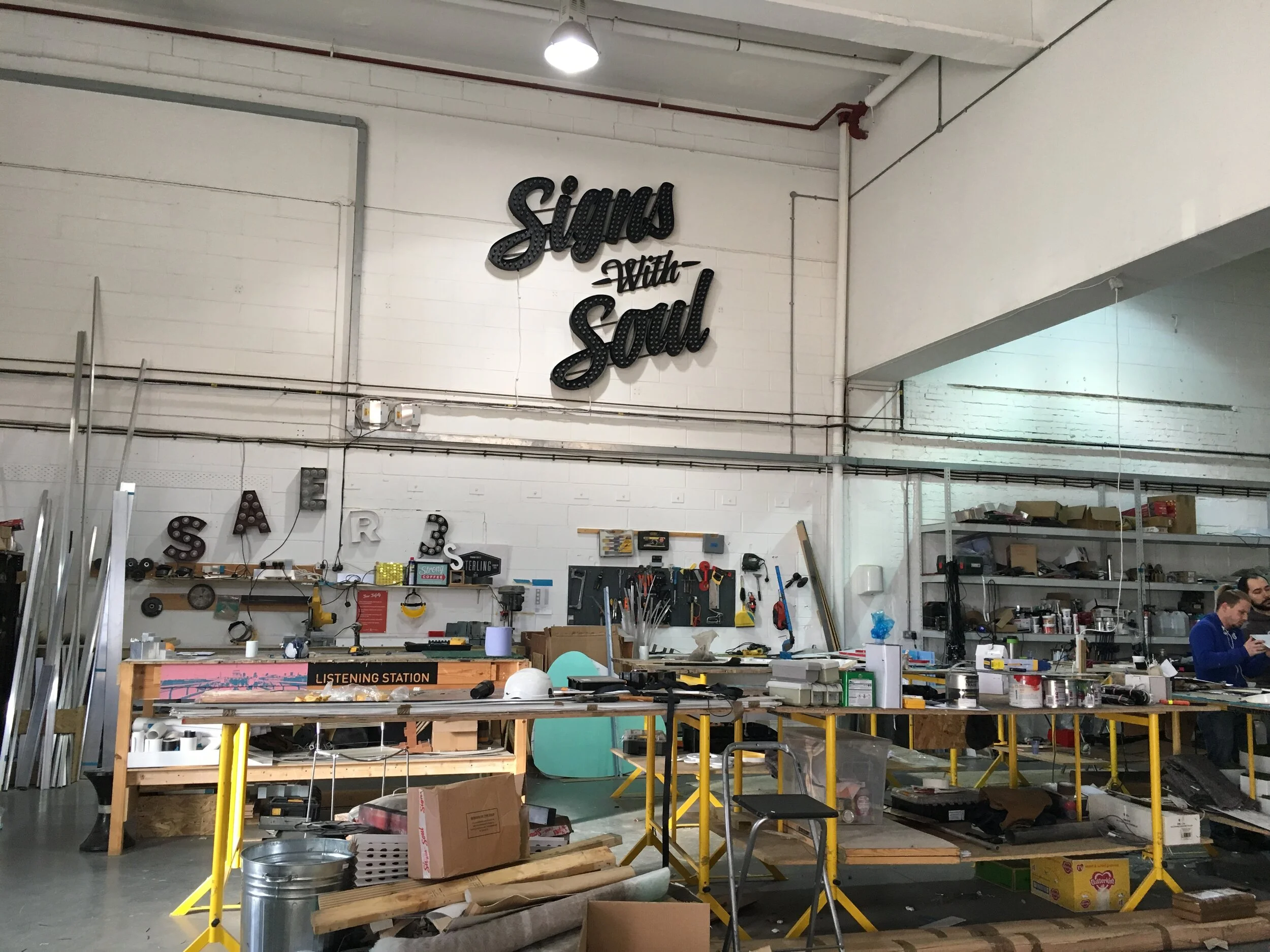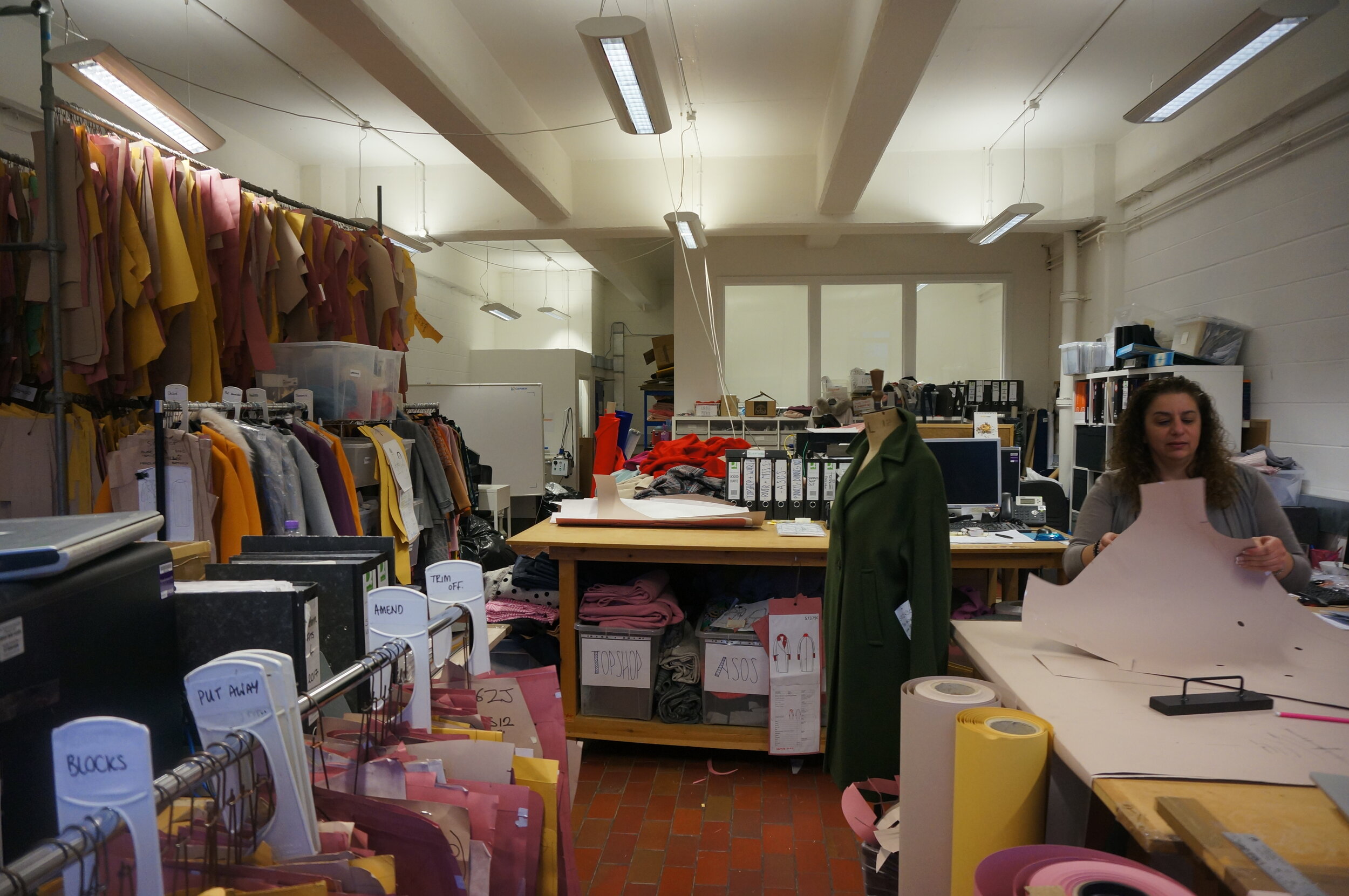Wood Green Economy and Employment Space Study
Strategic study to set out a future approach to employment space delivery within this major town centre, informed through engagement with local businesses
00, with Avison Young and Karakusevic Carson, prepared this strategic study to set out a future approach to employment space delivery within this major London town centre. The work includes establishing the future scale and nature of space demand, drawing on bespoke forecasts, engagement with local businesses and analysis of strategic growth trends in London.
Recommendations set out detailed approaches for each opportunity site, establishing development quantum, space typologies, development mix and target occupiers. It considers how best to deliver affordable workspace across the town, how best to re-use existing stock to meet future needs and how new mixed use typologies can deliver residential units without surrendering employment capacity.
Wider investment and intervention requirements are identified in order to optimise the town centre environment for business activity in the future and capture a greater share of London’s economic growth. Ultimately the Study will support the new AAP for Wood Green and support its growth as a Metropolitan Centre.
Location of project: Wood Green, Haringey
Client: Haringey Council
Programme: Dec 2017 – April 2018
Architecture00
Avison Young
Karakusevic Carson
Quantitative and Qualitative
As well as informing the quantitative element of Wood Green’s employment strategy, 00's role included qualitative interrogation, on-the-ground, getting to know Wood Green and its businesses.
00’s survey/ engagement work was about understanding Wood Green spatially (in terms of on-the-ground mapping, photographing, surveying and classifying existing employment space and character areas of Wood Green) and also about understanding Wood Green in terms of its people and businesses (interviewing businesses to understand their perception of Wood Green as a place for work and how they could see their potential growth there as businesses, as well as their feelings towards the regeneration of WG and their relationships with other businesses in WG).
Engaging Local Businesses
345 Wood Green businesses were included in the data collection/ analysis, 75 selected businesses were then interviewed to better understand their expectations and barriers to growth in Wood Green, as well as their current and future needs in terms of unit space type, size, usage, employment density, rental potential.
These interviews fed into 00’s recommendations for future employment space needs and also highlighted hidden richness in Wood Green’s employment diversity that can go under the radar when looking exclusively at numbers on databases, CoStar etc. An example of this richness is the thriving creative and social economy in WG (the social economy & community infrastructure category includes charities, social enterprises and businesses with a social impact) ~ 75% have expectations for growth in the coming year.
The interviews with a lot of these people highlighted interdependencies and working relationships between a lot of the existing creative & cultural businesses which have enabled them to grow faster and stronger by supporting eachother - these businesses have also been supported by the Council through business rate relief (e.g. Blue House Yard) and the creation of the Cultural Quarter in Wood Green.







